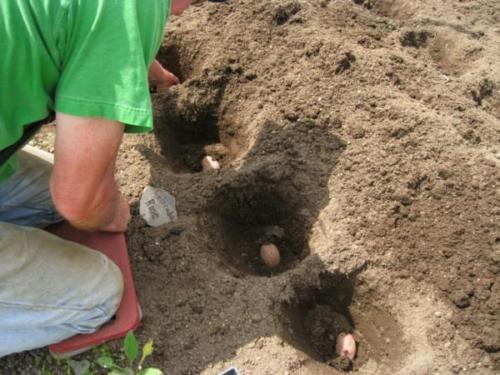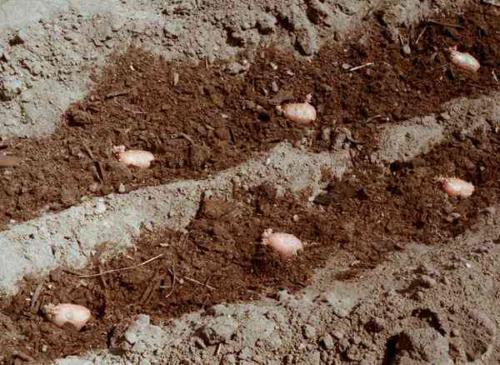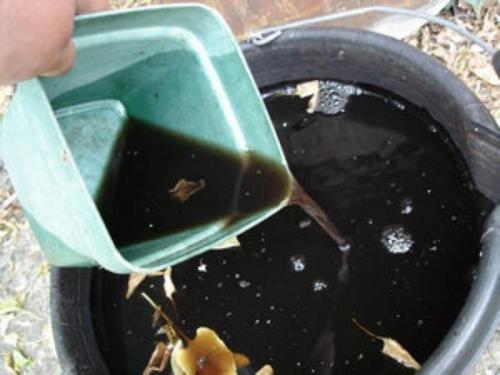When and what fertilizers to apply under potatoes on sandy soils
Sandy soil is a serious problem for many gardeners and summer residents. It is possible to get a rich harvest in such areas, but it is very difficult.

But before talking about fertilizing potatoes on sandy soils, it will be useful to give a little theory, telling about the strengths and weaknesses of such soil.
Pros and cons of sandy soil
The main advantage of sandy soil is ease of cultivation - the soil is easy to dig up. In addition, it warms up under the first rays of the spring sun much faster than others. But this is where the merits end. Disadvantages begin:
- Water leaves the sandy soil very quickly, practically without lingering;
- In case of frost, the soil cools quickly;
- Any fertilizers are easily washed out with watering or regular rains.
Considering all of the above, we turn to the main issue - potato fertilization. This is very important - potatoes draw out a lot of nutrients from the soil, and they need to be restored so as not to completely deplete the soil.
We fertilize the soil correctly
You should start fertilizing the soil immediately when planting potatoes. A handful of peat or compost must be added to each hole, before the potato. This allows you to create a small pillow that not only provides the tuber with the substances necessary for growth, but also retains moisture after watering and rain, when the sand quickly drains the water to denser layers.

In particularly arid regions, the compost or peat in the holes is watered abundantly before planting the potatoes. They quickly get wet and poorly give off the soil to the surrounding soil, retaining moisture for a long time.
Perfectly shows itself as a fertilizer "green slurry". It is prepared simply - any weeds growing in the garden are soaked in a large amount of water for several days.

When the water has turned green-brown and acquired a characteristic smell, you can water it. Some of the water will inevitably go through the sand, but some will be absorbed into compost or peat along with nutrients.